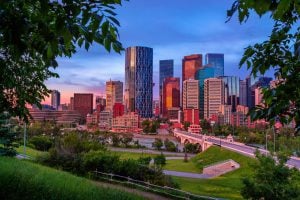
Places
Canada’s first national urban park
It’s an ambitious plan: take the traditional Parks Canada wilderness concept and plunk it in the country’s largest city. But can Toronto’s Rouge National Urban Park help balance city life with wildlife?
- 3601 words
- 15 minutes






